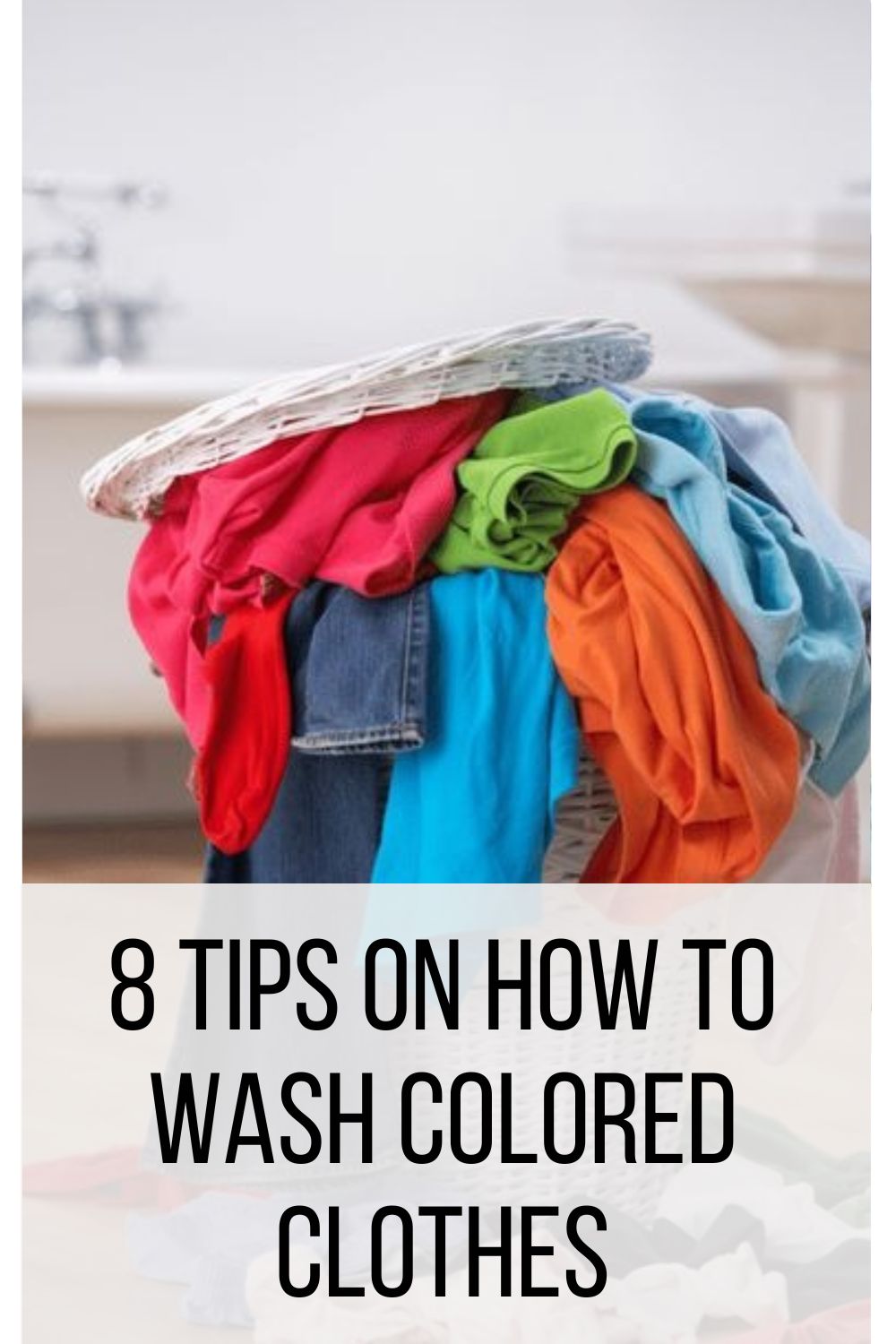One of the most disappointing things that can occur is purchasing a beautiful article of clothing, wearing it once, and then having the vibrant colors bleed out in the wash. Fading colored clothing is a risk many people fear as they throw their garments in the wash.
However, there are numerous ways to protect your garments from fading and keep them in pristine condition at all times.
Washing your bright clothes less frequently is the best way to keep them from fading. Colored clothing is as delicate as white clothing, but unlike white clothing, it does not need to be washed after each wear.
Washing colored clothes less frequently saves water and energy and keeps the dye from washing out. Although, this does not mean your stained clothes should be worn without being cared for. Instead, apply a stain remover to the affected area, and you’re good to go!
To reiterate, this does not resolve the issue of fading; it just lessens it. This is because there are factors that make some clothes fade faster than others. Even if you wash them less frequently, they will bleed whenever they come into contact with water.
Table of Contents
Factors That Contribute to the Fading of Clothes
Keeping these factors in mind will be extremely beneficial when you go shopping. It will help you be more cautious when picking out clothes. And even if you still decide to buy these types of clothes, your knowledge will make you a bit more careful with them.
● The Dye Used
Dye is the substance used to color fabrics. They can fade from colored clothing in three ways: crocking, color bleeding, and sun exposure.
Crocking occurs in the washing machine when dyed fabrics rub against each other and transfer from one to the other.
The most well-known example is color bleeding, which occurs when dye bleeds into the water and usually, but not always, affects other fabrics in the wash. And lastly, sunlight does damage by stripping the dye off the fabric.
There are different dyes for different fabrics with their processes. As a result, the manner in which the dye is applied has a significant impact. If it is used on an incompatible fabric, it will fade quickly, and any of the three outcomes is possible.
● The Type of Fiber
Clothes are made out of a variety of fibers. The way these fibers react to dyes varies. Cotton, for example, does not hold dye well and is prone to fading. While synthetic fibers can better hold dye. This means that if you buy colored cotton clothes, pay special attention to them on wash day.
● The Color Tone
This is an important factor to consider, but it’s simple. Darker-colored clothes fade faster than lighter-colored clothes.
So, if your colored clothes are starting to fade, you’ll need to know how to care for them. Don’t worry; there are some guidelines to follow that will save you from making frequent trips to the dry cleaners.
Tips On How to Wash Colored Clothes
Washing clothes isn’t as simple as throwing them in the washer and walking away, especially when there’s a chance of fading. This simple guide will show you how to wash colored clothes correctly.
● Sorting Your Clothes
There are two important factors to note when you sort your laundry. If you get this right, you will be able to avoid fading.
Sorting by Washing Method:
When sorting clothes, it is critical to consider whether the fabric requires dry cleaning. This is usually specified on the label. Those care labels on your clothes are not just there to make your neck and sides itch.
It is specified because dry cleaning is usually gentler on some fabrics than washing machines. Therefore, it makes it less likely for the dye to come off.
However, some fabrics are better suited for machine washing, and that will be written as well. Once you have gotten that part secured, you can move on to the next part of sorting.
Sorting by Color:
Sorting by color prevents a disaster from occurring during color bleeding. As previously stated, darker-colored clothes are more likely to bleed, so keep them separate from lighter-colored and white fabrics. These three categories should be washed separately.
Follow this guide if you want to be more specific with your wash. These clothes should be washed separately according to their category: Pure whites, denim (which bleeds out, especially when new), dark clothes (such as black), whites mixed with other colors, and pastel colored clothes, bright blues and greens, reds and pinks, bright oranges, yellows, and purples.
This could be time-consuming, so it is optional. Aside from these two, avoid combining dark-colored clothing with linen or lint-producing clothing. This is because lint on dark-colored clothes gives them a faded look.
● Pretreat Any Stains First
It is best to pretreat any stains before washing or drying. Some stains are particularly difficult to remove with your washing machine, no matter how aggressive the cycle. You would end up agitating your fabric. Starting with a natural stain remover on any stubborn stains is preferable.
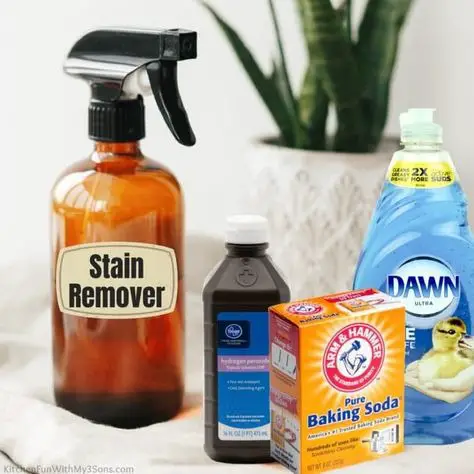
However, you must exercise extreme caution when using stain removers. Before using them, make sure to test them in an inconspicuous area to see if they fade.
Apply some to the affected area if it passes the test. Allow it to sit for a few minutes before washing it. Before drying, make sure the stain is completely removed. The stain would be impossible to remove once it dried.
It is necessary to get your stains out before washing because stains on colorful clothes can not be hidden.
● Turn the Clothes Inside Out
This applies to colored and white clothing. The part that touches our skin and collects sweat and germs should come into direct contact with the water. Turning clothes inside out ensure that they are properly washed.
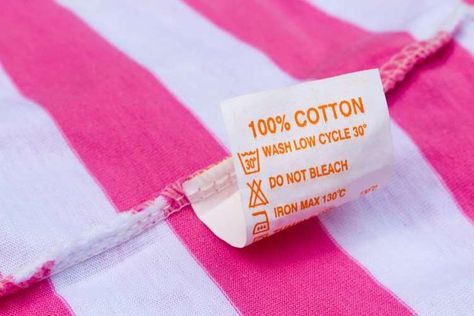
It also reduces friction with the right side of your clothes, resulting in less wear and tear. It also keeps lint from other clothes from getting on the right side of the garment. That is if you do not follow the appropriate sorting measures mentioned above. When you’ve completed all of these pre-washing steps, it’s time to wash your colored clothes.
● Use the Right Detergent
Detergents come in varying types, colors, and sizes. When choosing a detergent for your darker-colored clothes, make sure it’s one that’s designed for them. There are detergents specifically designed for colored clothing on the market.
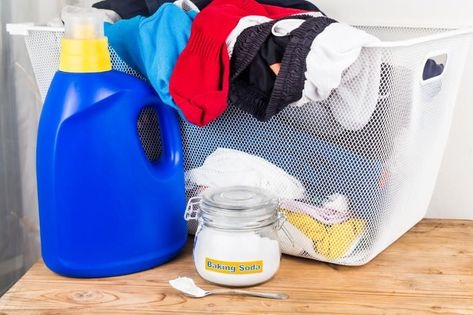
Alternatively, you can use any high-quality natural detergent. Conventional detergents contain toxic chemicals that may be harmful to your clothes.
However, be careful not to add too much, or it might leave residue on your clothing and make them look dull. You can use the liquid ones if the powdery kinds leave a residue.
Also, ensure you put your detergent in the Washer tub before your clothes if your washing machine is one without an automatic dispenser. This prevents spotting.
Now that you know what kinds of detergent are appropriate, you need to know what water temperature and the cycle are recommended for your wash.
● Know the Correct Temperature and Cycle
Always wash your fabrics with cold water, especially your colored ones. Using hot water to wash them is a recipe for disaster. Typically, it causes color bleeding. This is because hot water opens the fibers of your fabrics up and lets dye slip out faster.
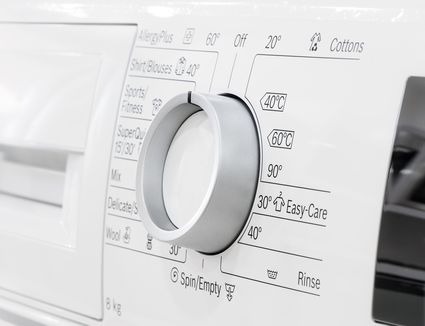
Detergents are also made to work with cold water, as that saves energy, so there is no reason why you should not wash your clothes with cold water.
Then, for the cycle, ensure you set a gentle one. Unless there is a stubborn stain or your clothes are covered in dried clay, there is no need for a vigorous cycle like the normal one or a permanent press. This upsets the clothes and can damage them.
It can also make them appear fuzzy and faded. A slow spin of the machine will clean your clothes effectively while maintaining their color.
It is also advised to use the front load over top load washers as those are made without center agitators. These are gentler on your fabrics.
● Do Not Overload

Especially for a busy person, washing is one of those time–consuming duties you wish to scrap out of your schedule. However, as that is impossible, you just go ahead to shove all those into the machine. That is very wrong.
You should know your machine’s load capacity and act accordingly! Since you are busy, arrange your work with your available time better, so you have ample time for washing your clothes.
When you overload your machine, you create room for crocking. Since it is so full, all your clothes would rub against one another, and there will be dye transfer. Apart from this, it is ineffective. Your clothes would not be washed properly. This is because there is no space for the clothes to spin around properly. It would be better for you to wash them in batches.
● Avoid Exposure to Sunlight
Sunlight is free, and everyone likes free things. As a means of conserving energy that could be wasted on a washer and dryer, most would prefer spreading their clothes under the free sun. However, this is extremely damaging to your clothes, especially the colored ones.
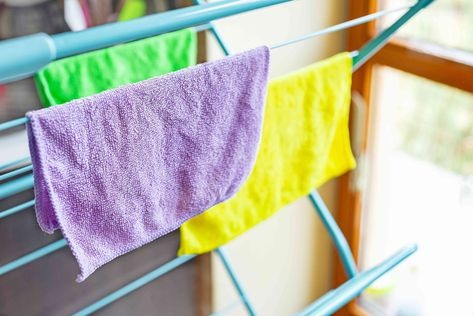
If you want to be technical, you would still spend money on replacing them after they have been damaged by the sun.
The sun is a natural bleaching agent that strips the dye out of colored clothes. It is one of the causes of fading. Clothes made out of natural fabric are even more likely to fade under the sun.
Another method of drying that could be used is line drying under a shade so it does not come into direct contact with the sun or an indoor drying rack.
Machine drying is even risky because if it’s put on high heat, it can also cause fading. Dryers eventually don’t leave your clothes as bright as the other options.
● Use Fabric Softener (Optional)

This is all about making your colored clothes soft and smell good. That is why it’s optional. However, for those that are interested in fresh-smelling clothes, this is for you. Fabric softeners are readily available at stores near you.
Before using this item, remember that it is not suitable for all clothing. Ensure all your different fabrics are compatible with it before using it.
Frequently Asked Questions
Can I Bleach My Colored Clothes?
Yes. If you have colored clothes with stains, you can use an all-fabric bleach instead of chlorine bleach. They go well with colored clothes. And just to be safe, try it out first on some colored clothing that you can throw away.
How Do I Brighten My Colored Clothes?
Vinegar can be used to restore vibrancy to colored garments that have become faded over time. Add half a cup to your rinse water and watch your fabric sparkle!
How Can I Reduce Color Bleeding?
Add half a cup of vinegar to your wash water to set the dye in. Make sure that each item of your new clothing is washed separately. And if you wash denim without turning it inside out first, you will end up with jeans that have a faded appearance.
Final Words
Washing colored clothes is not difficult. Knowing how to sort, the proper temperature and cycle to use with the right detergent, and a few other tidbits will keep your colored clothes as vibrant as the day they were purchased.
Normally, brightly colored clothes are shipped to the dry cleaners at first glance because the risk cannot be taken. With all these tips, you can conquer your fear, save money, and treat your clothes in your home. Because when it comes to colored clothing, all that is required is the extra precaution given to pure white clothing.
